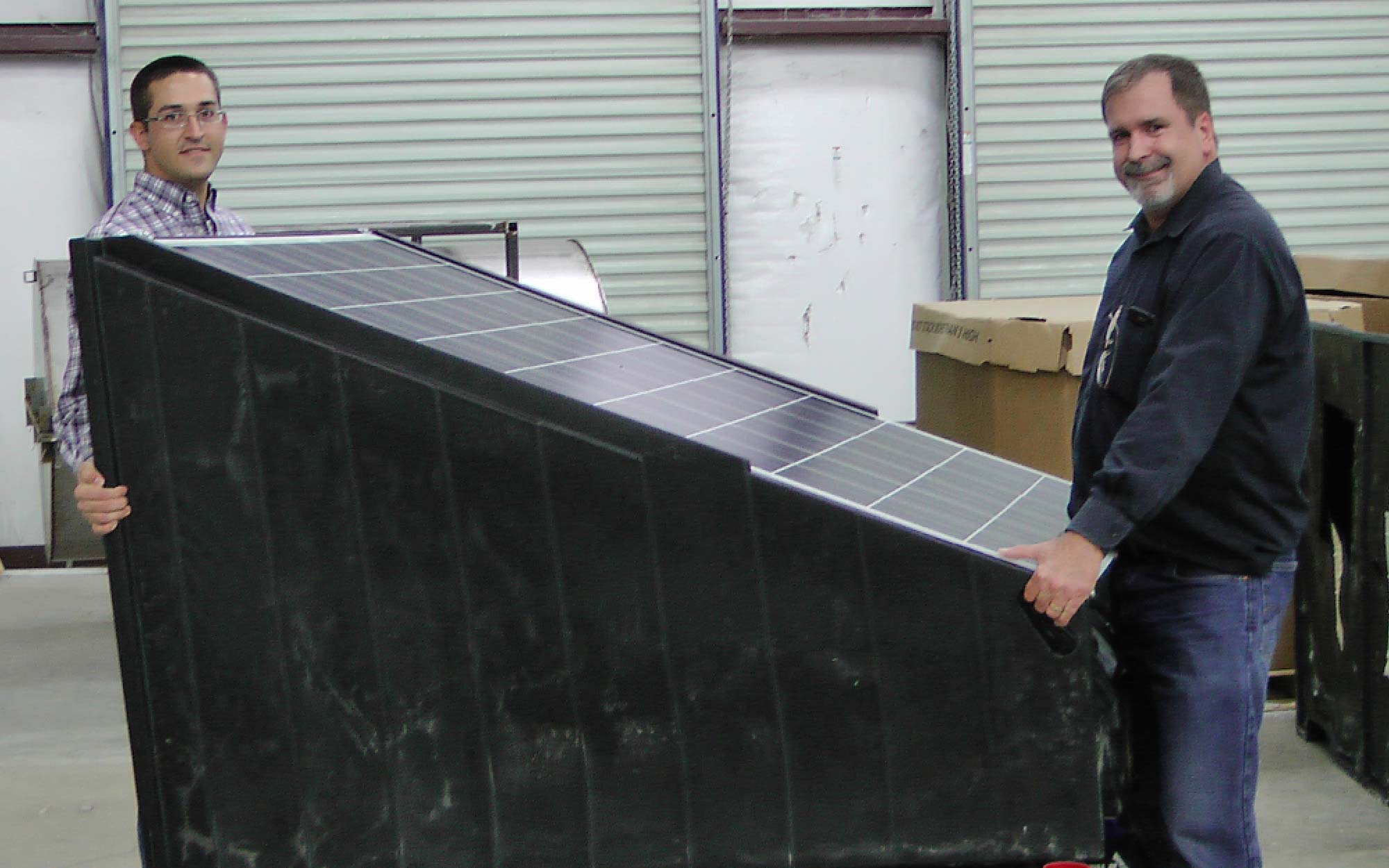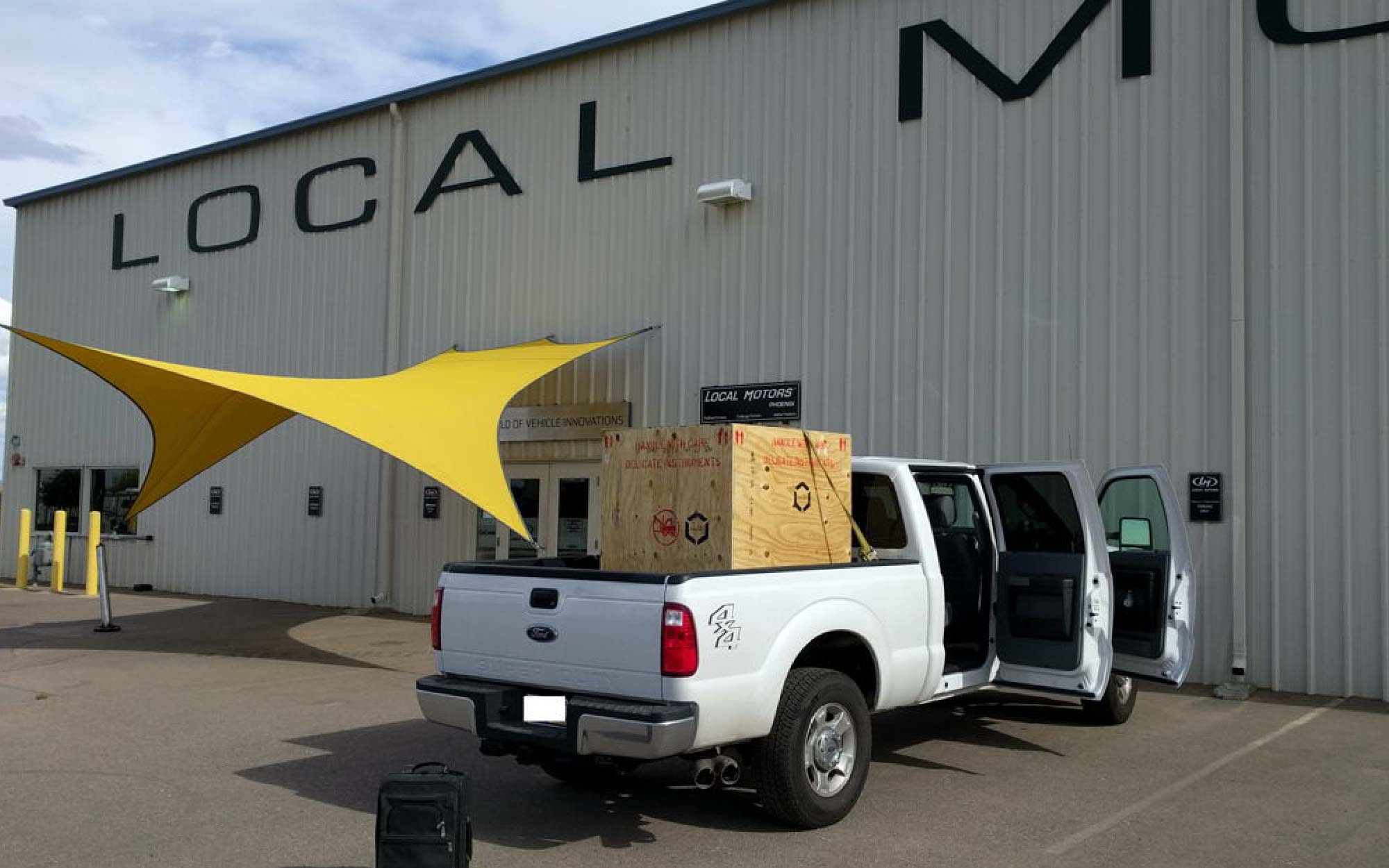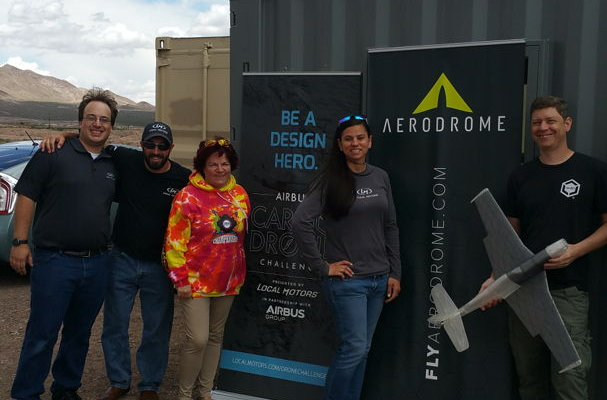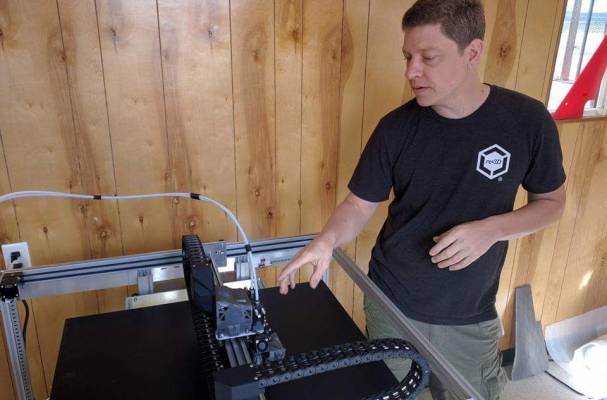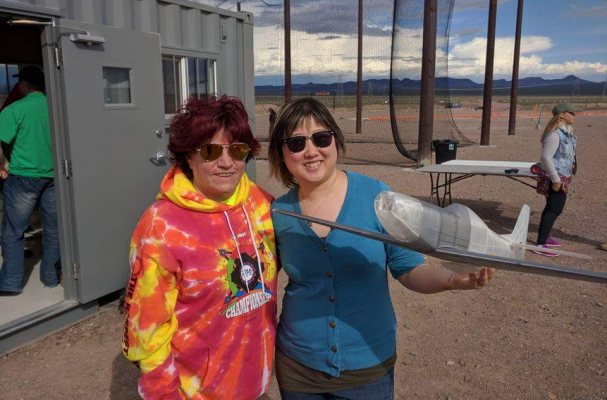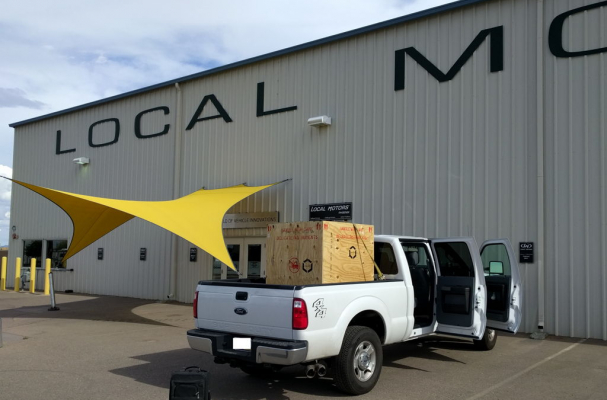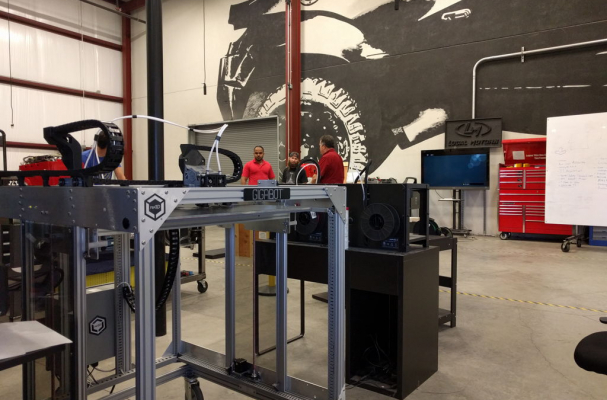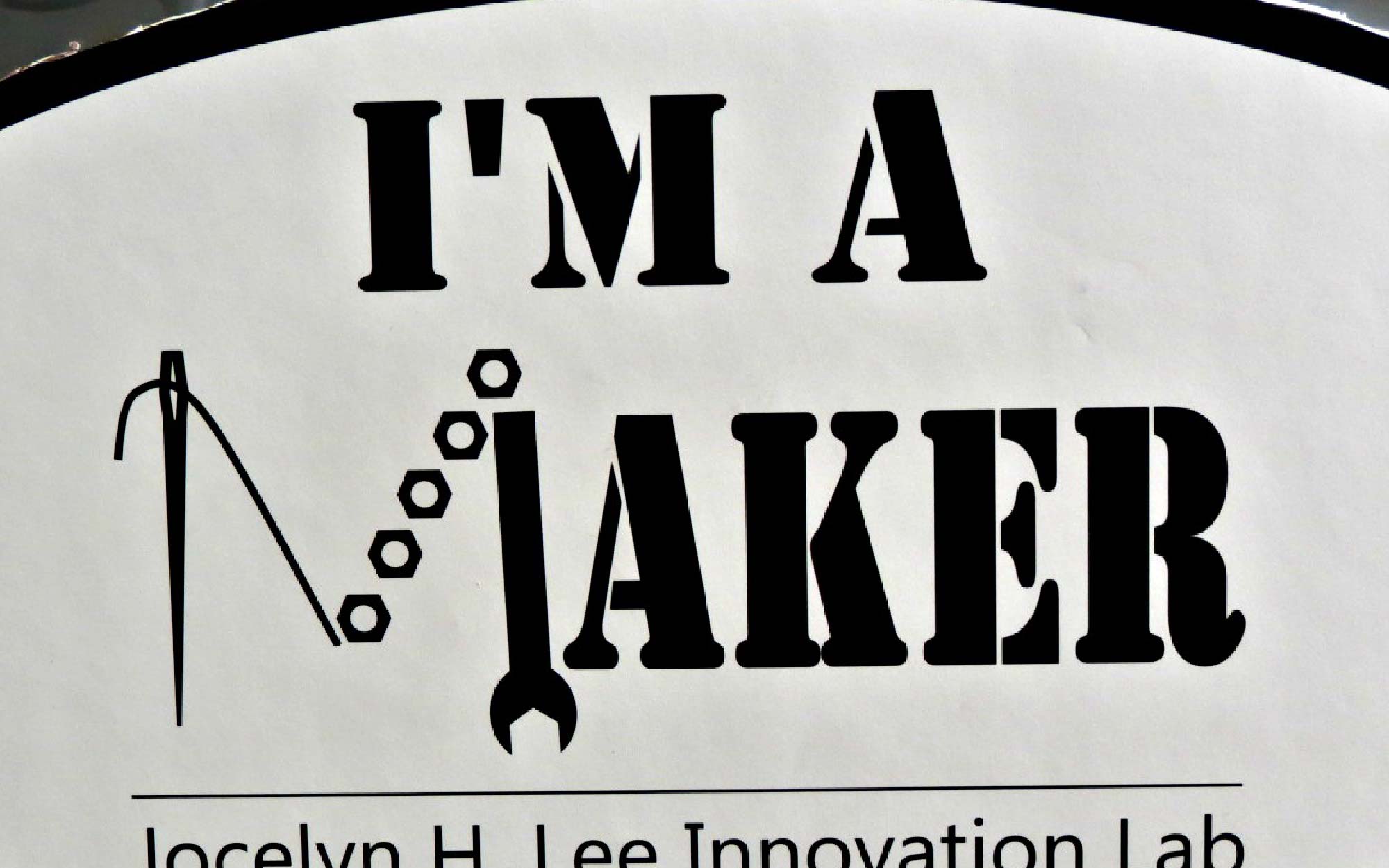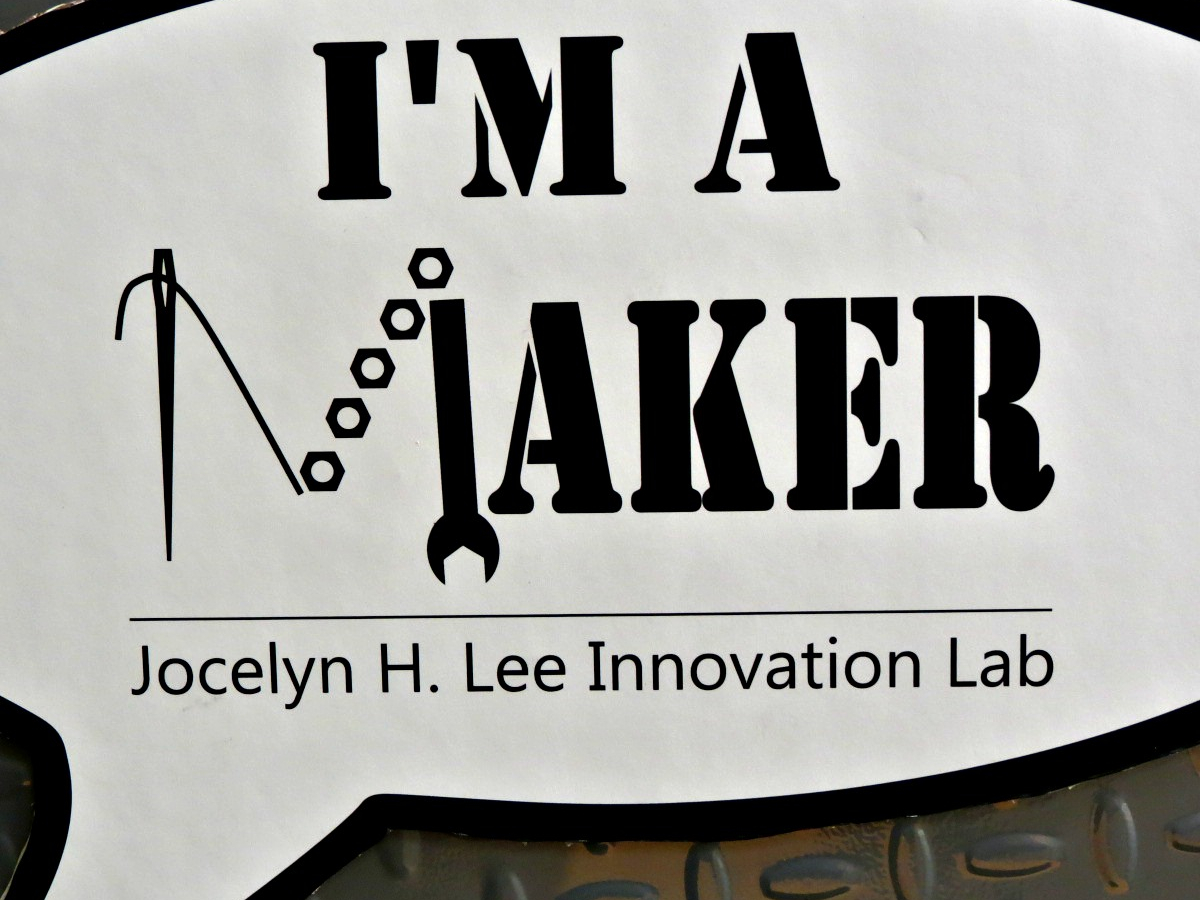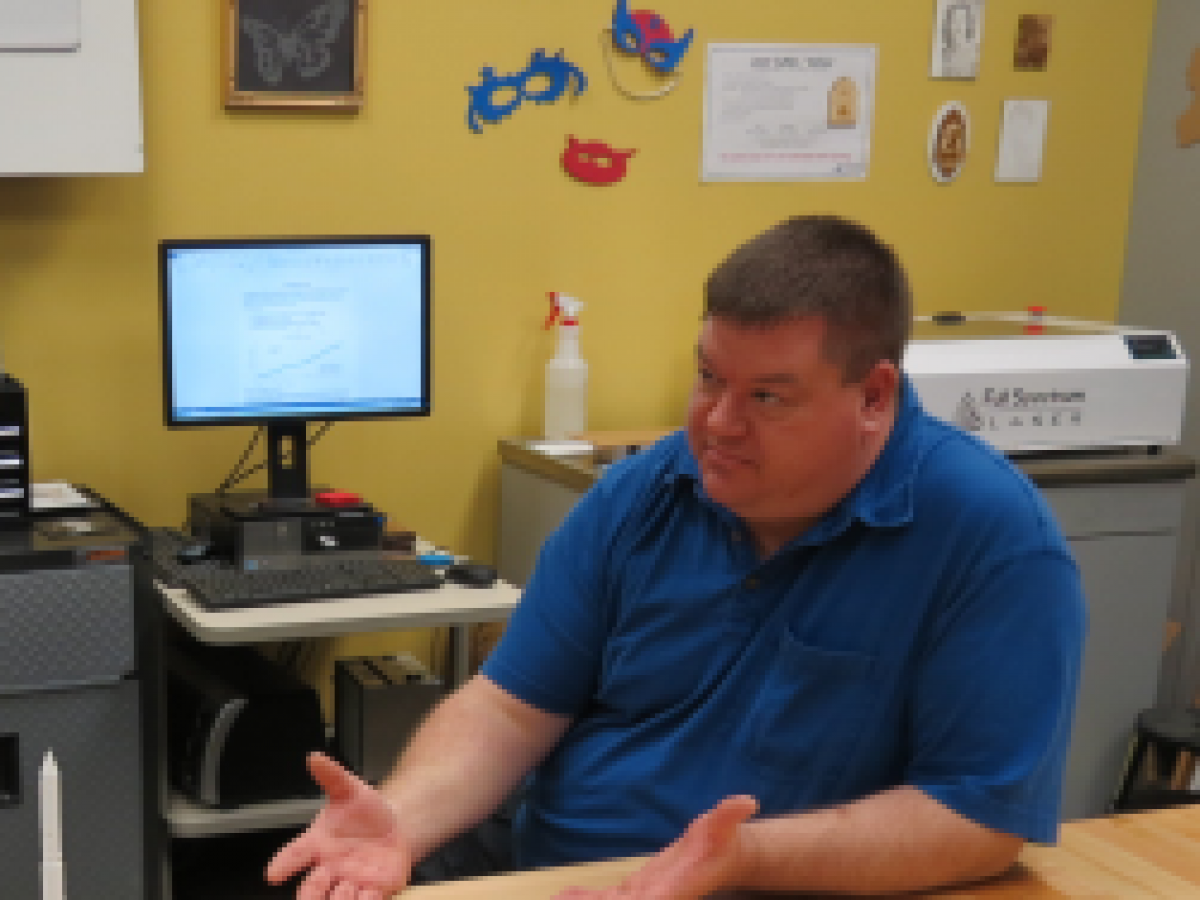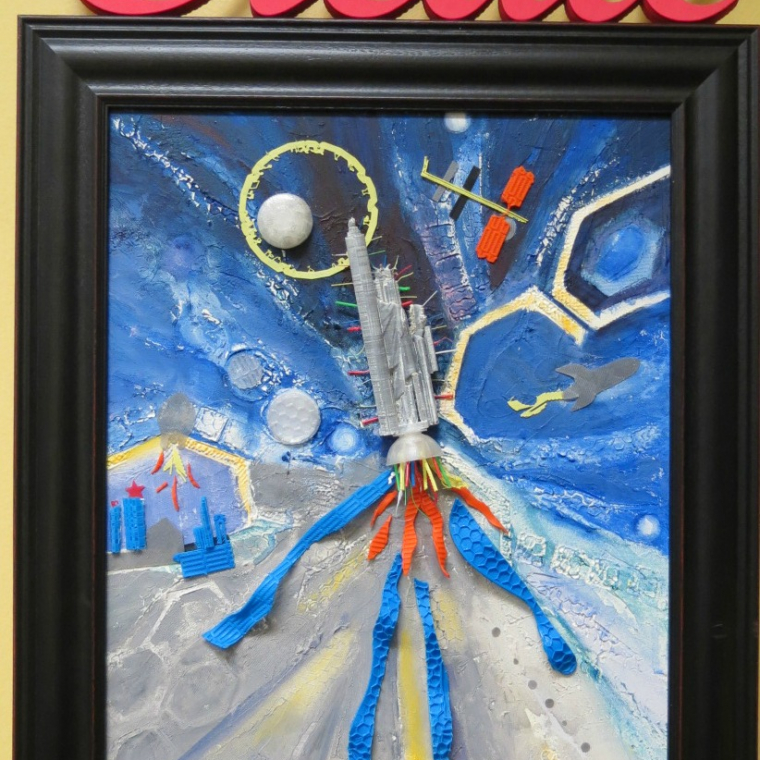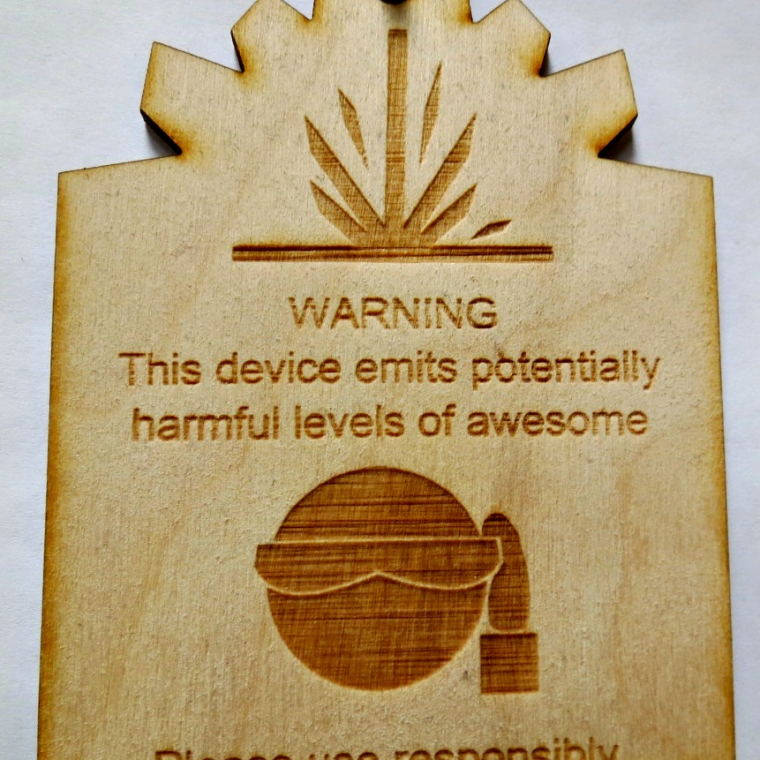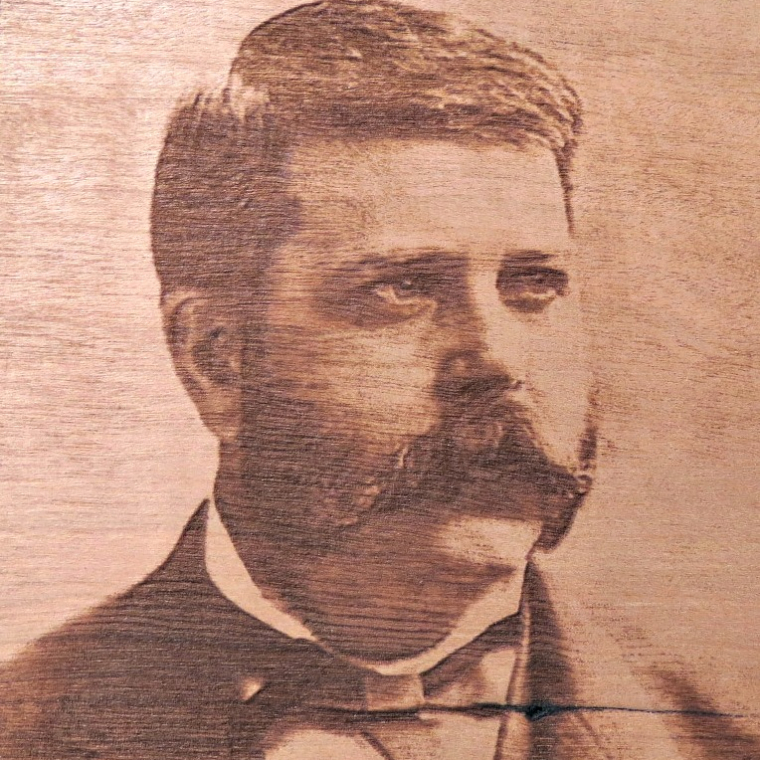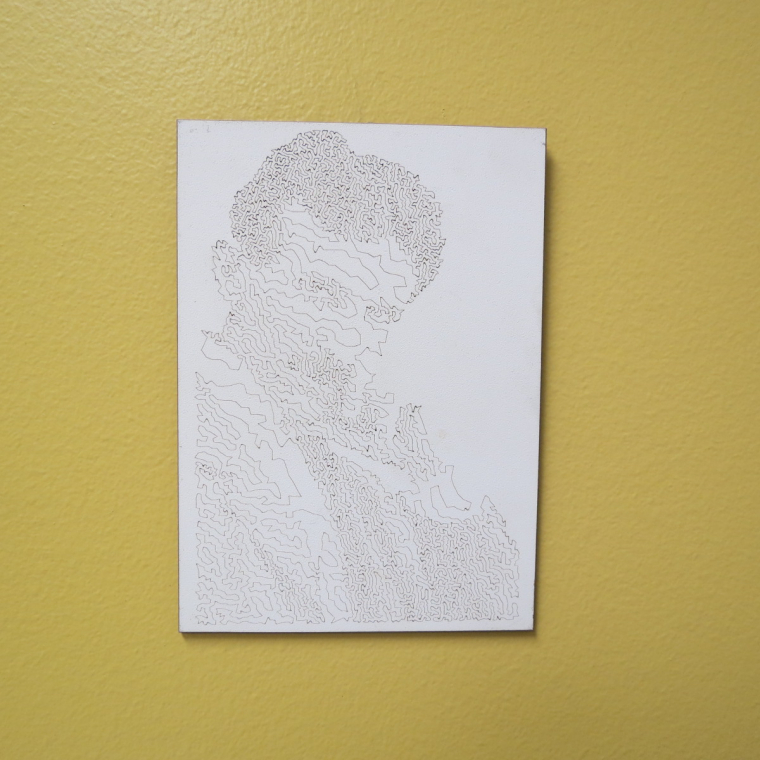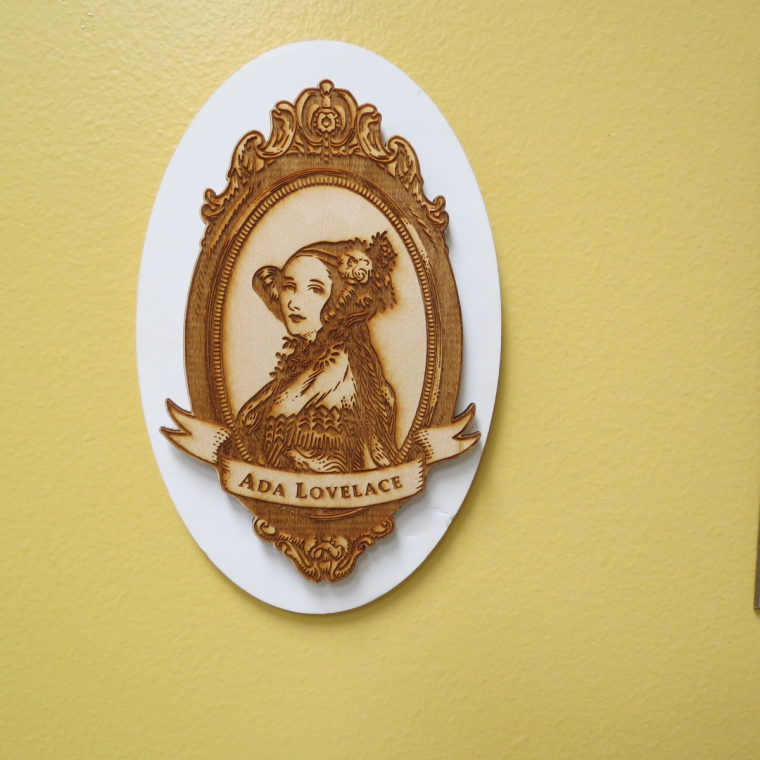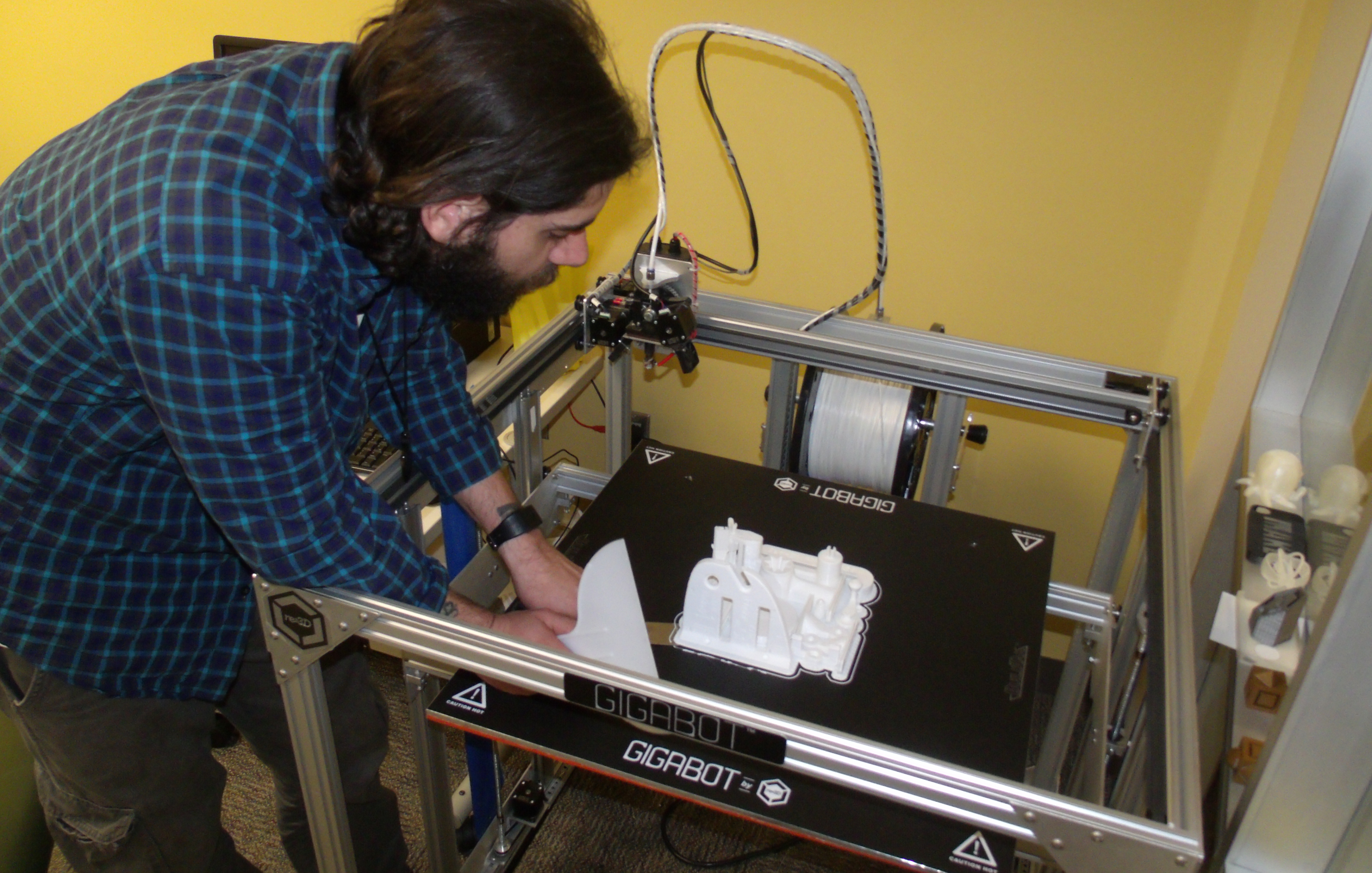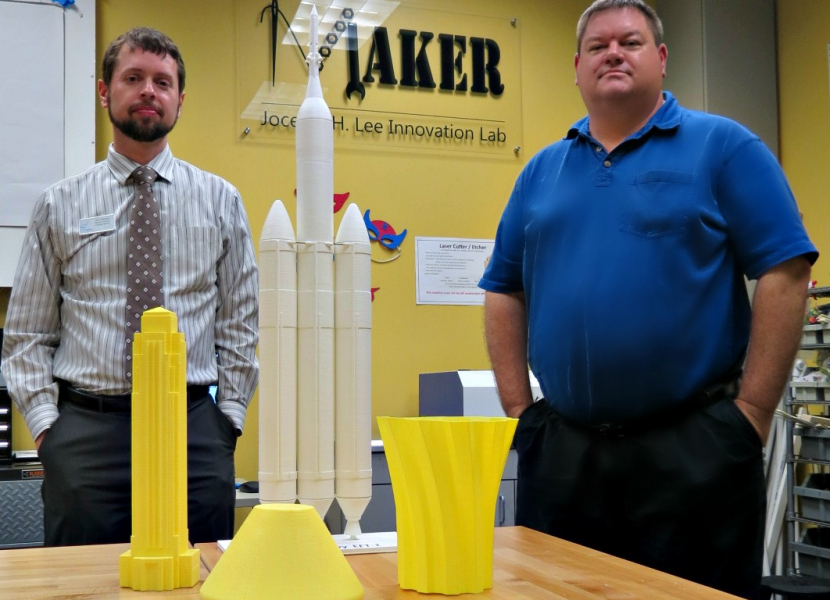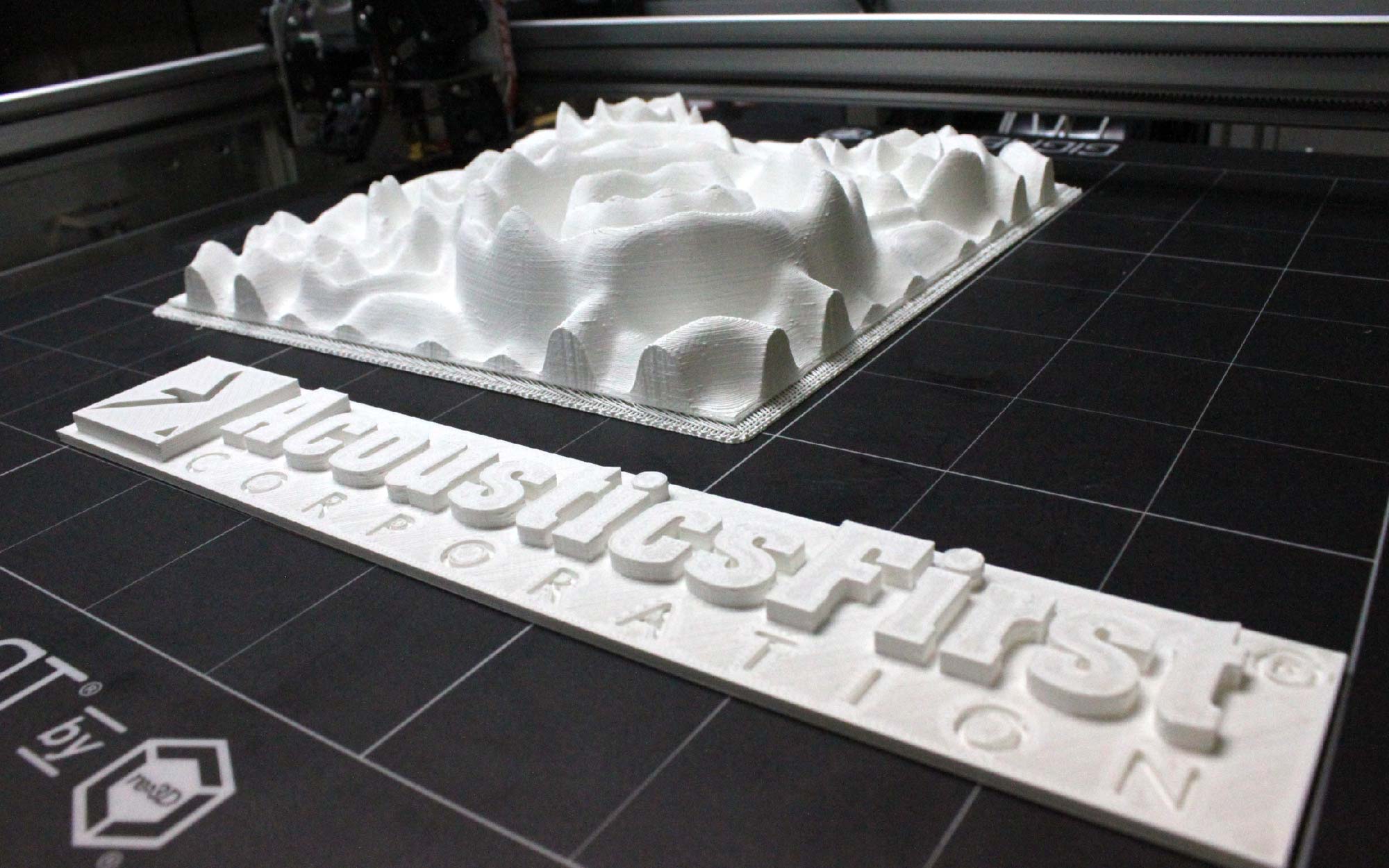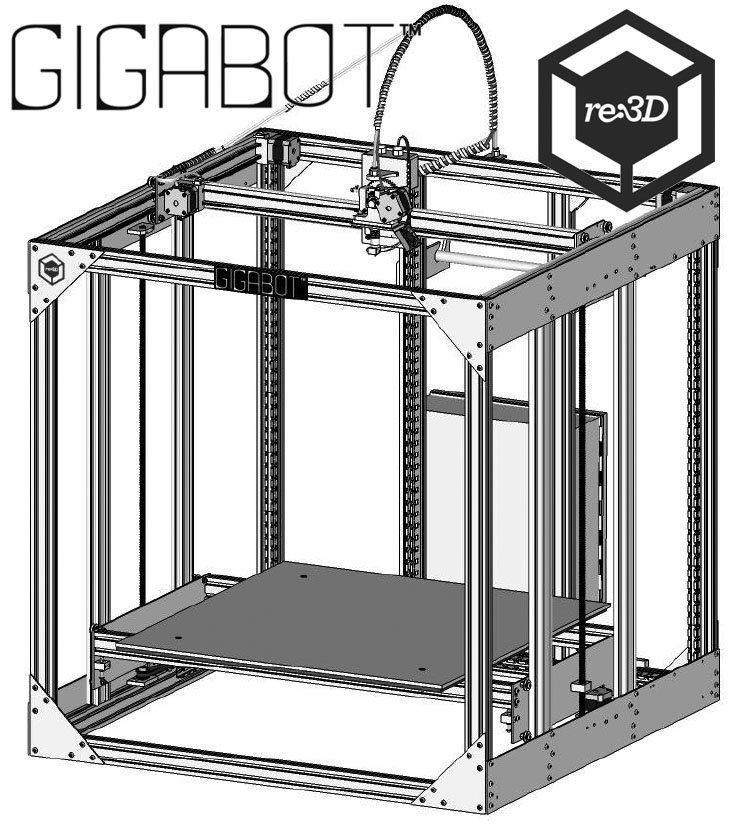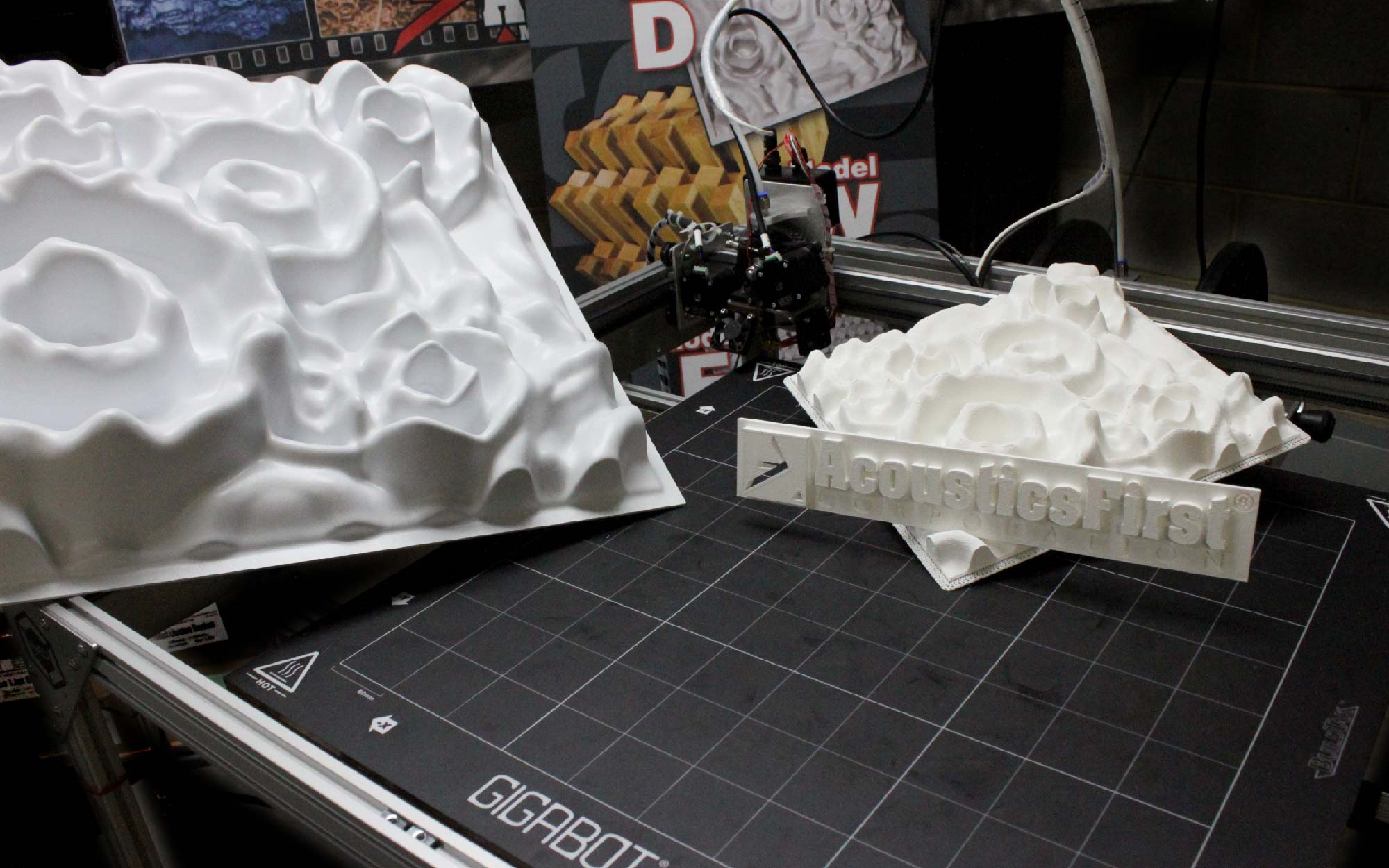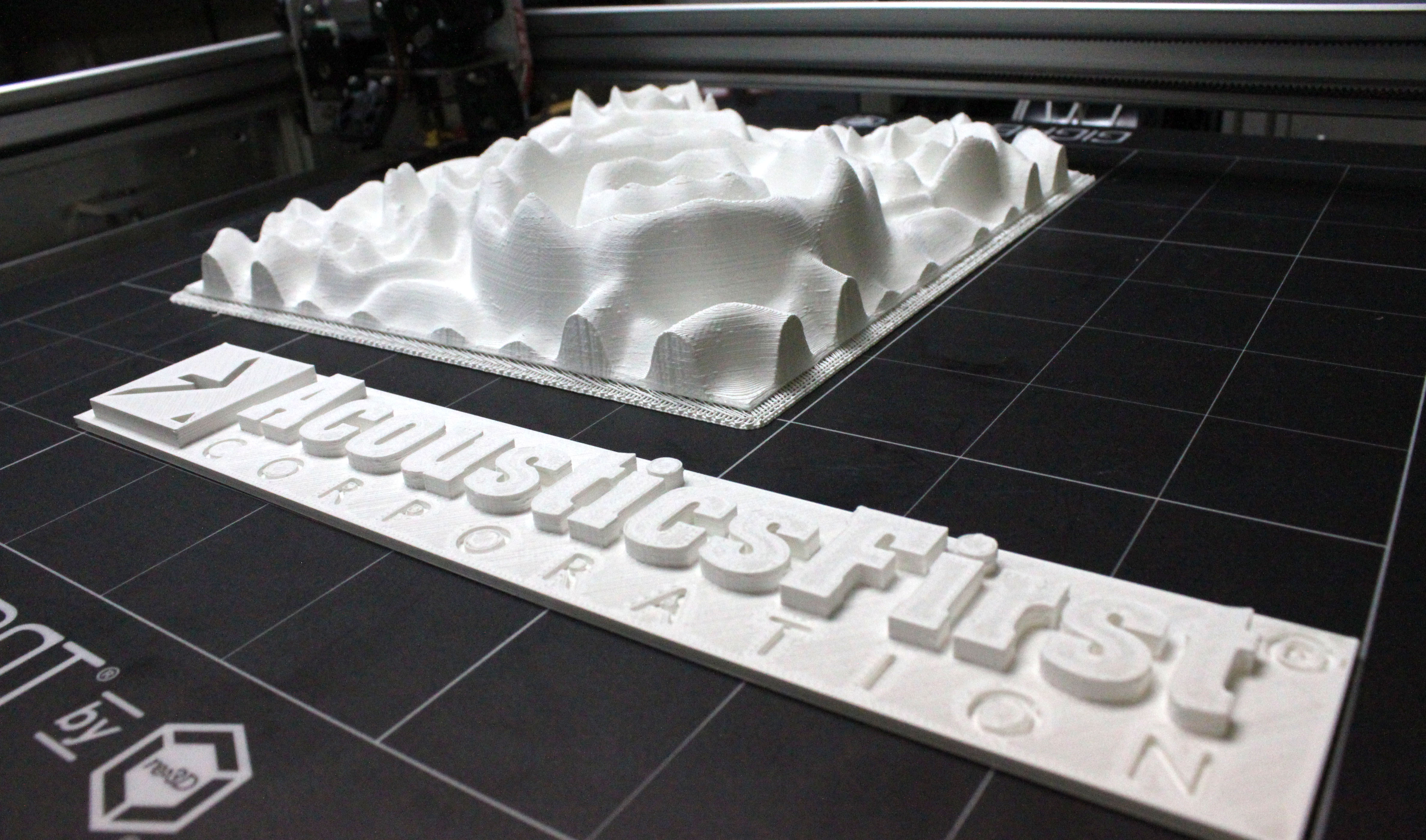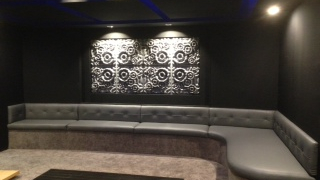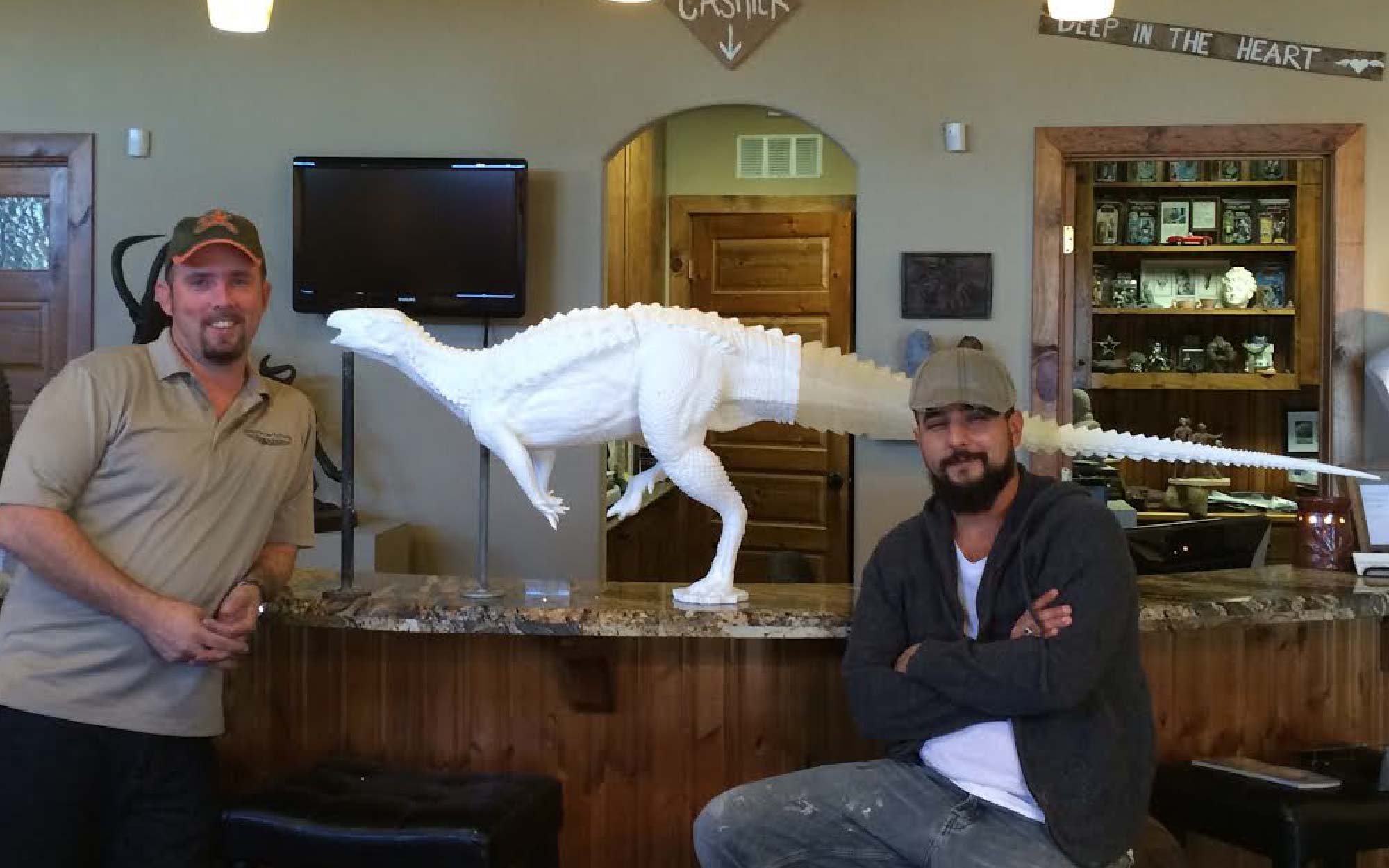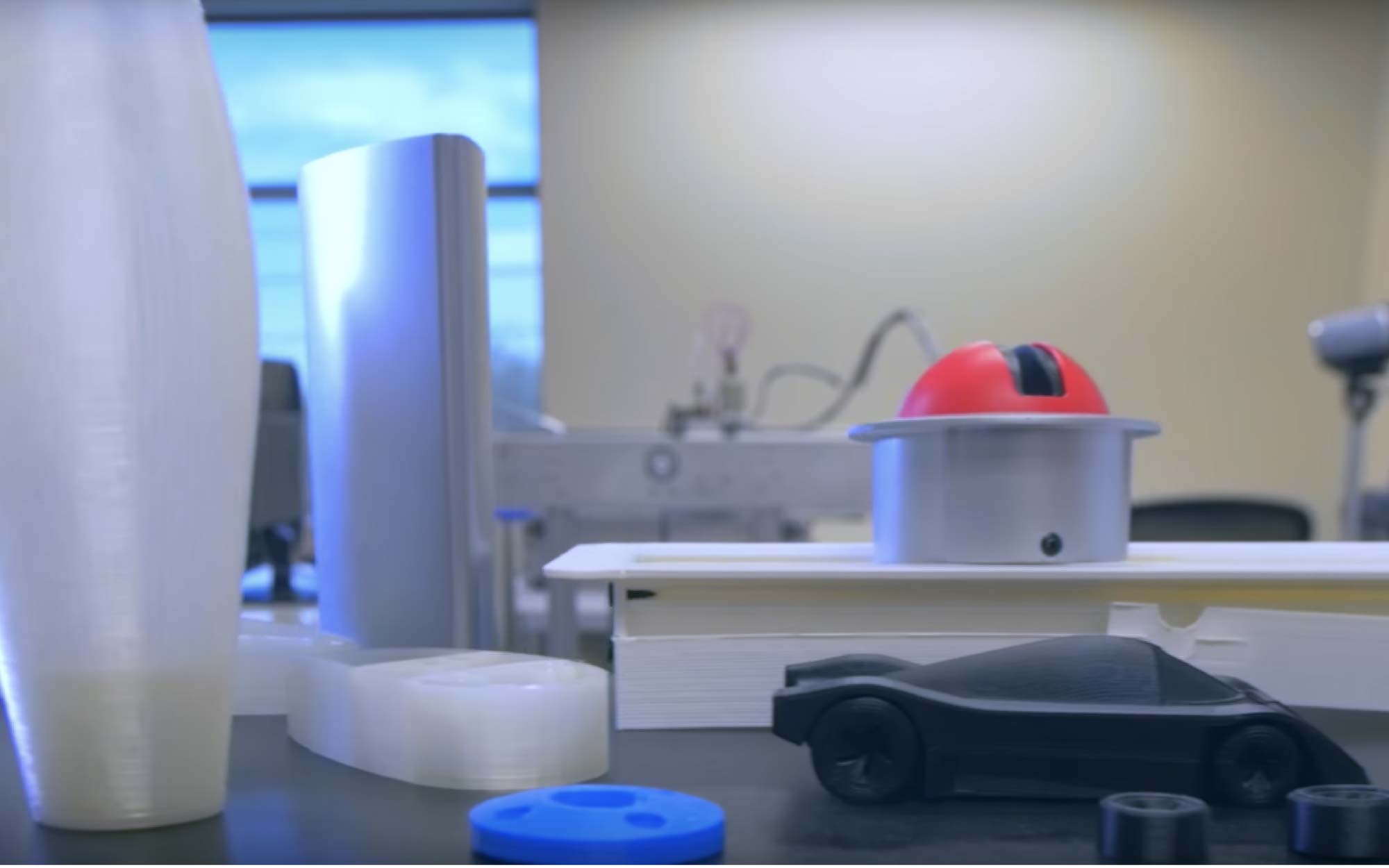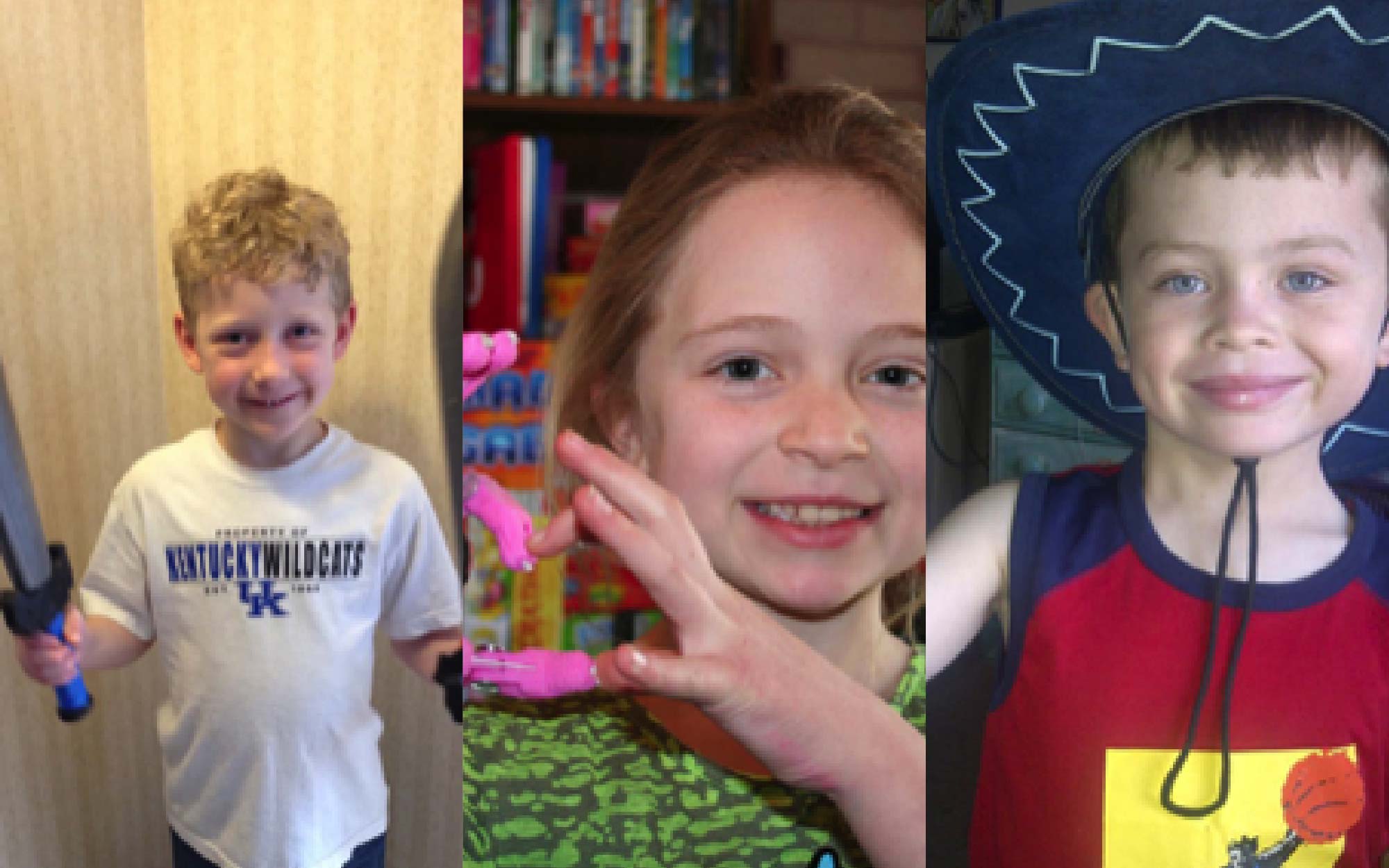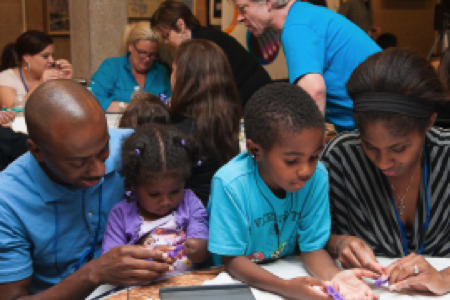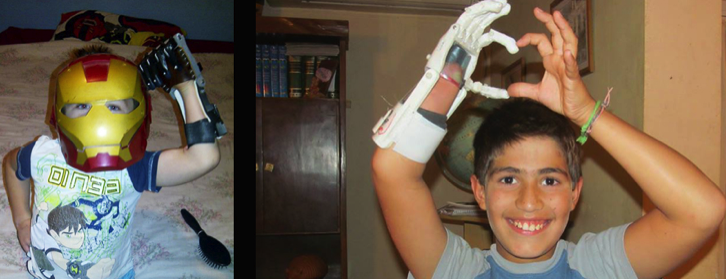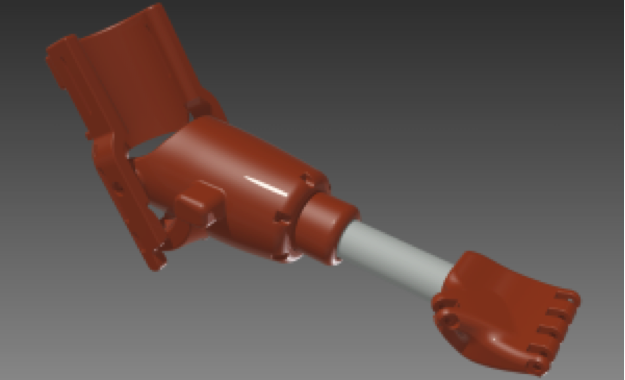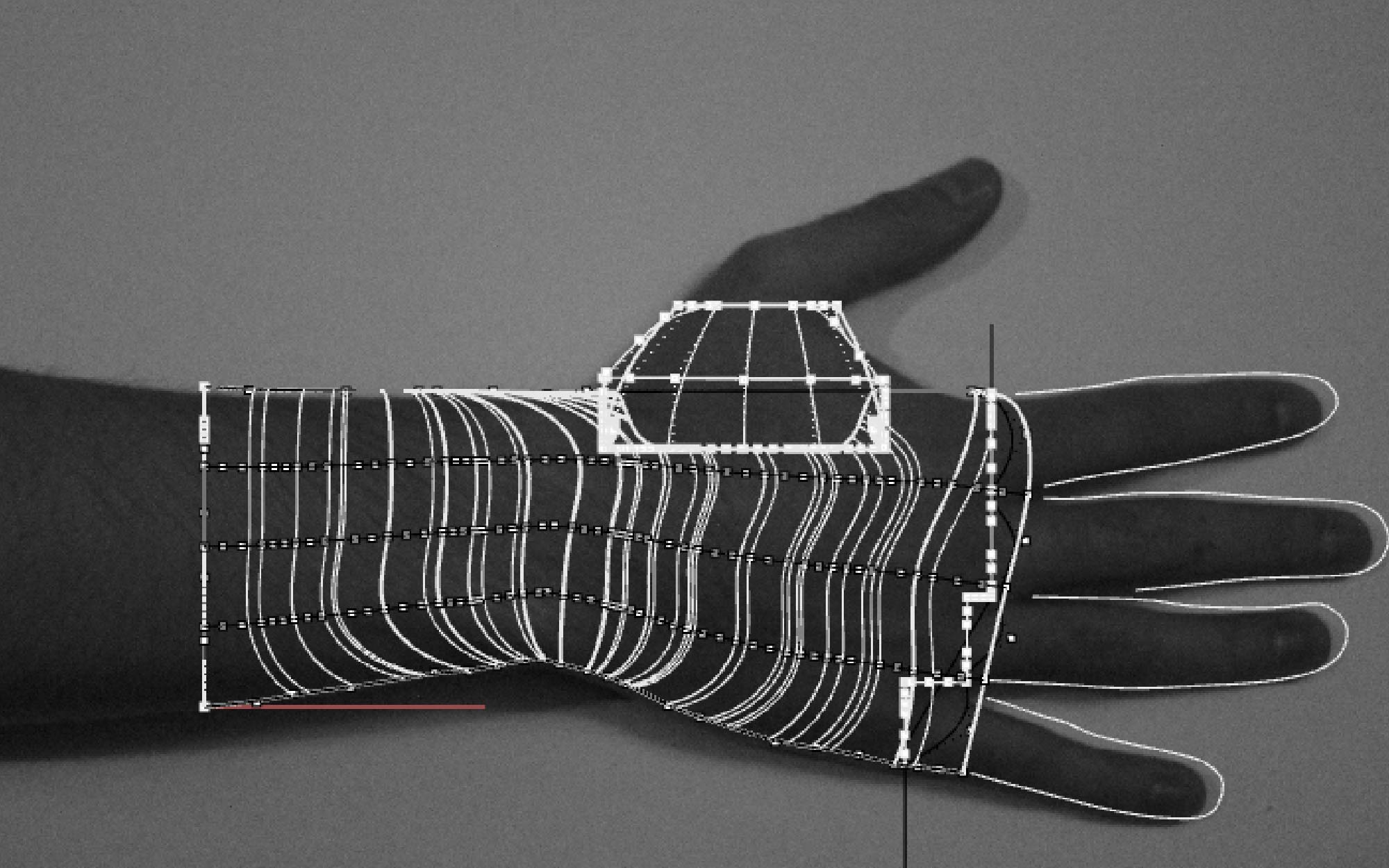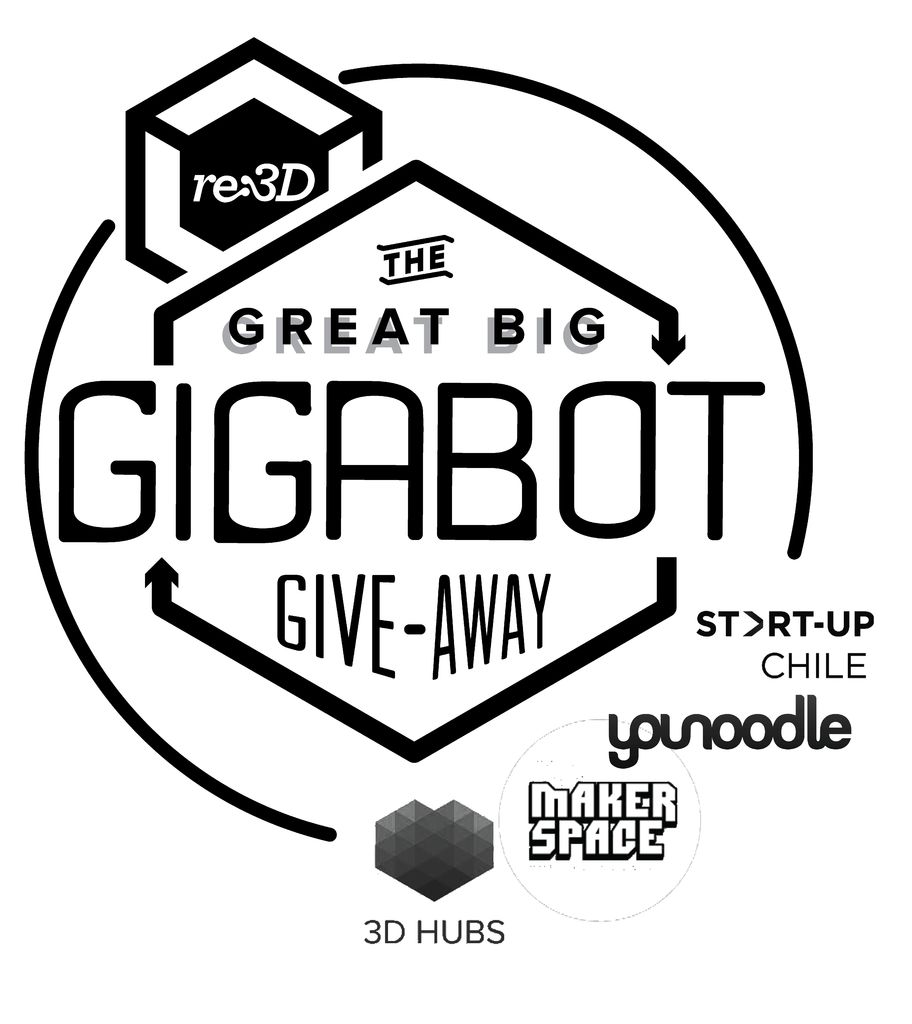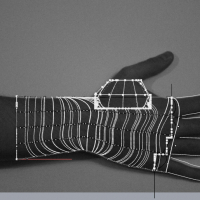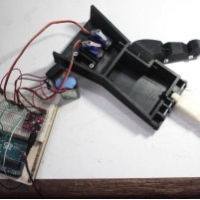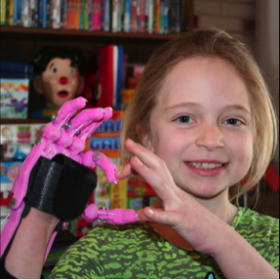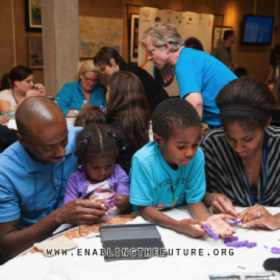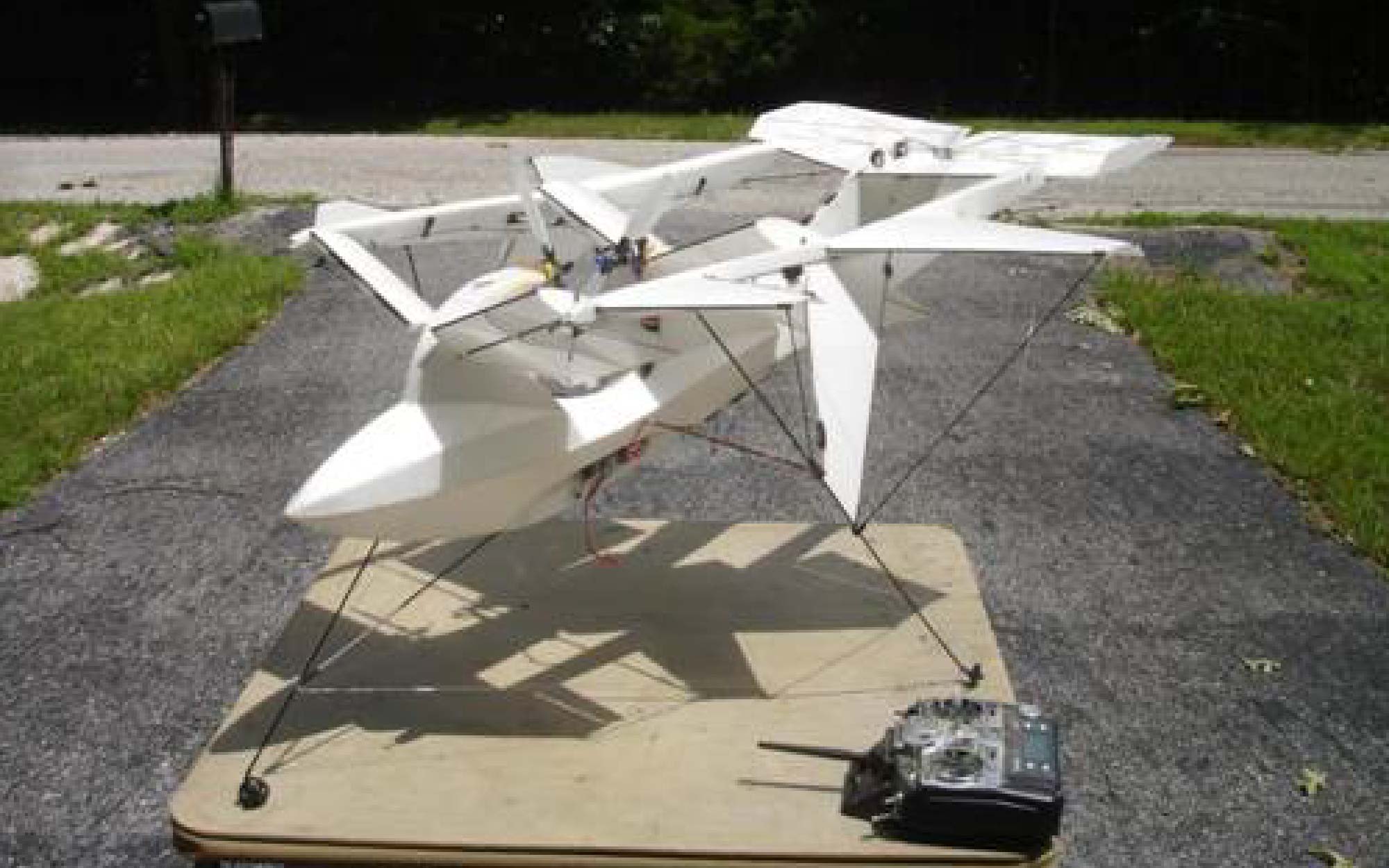The Lightbulb Moment
When Bill Tolhurst and Cole Brady founded CoWatt Energy in 2013, they shared a passion to become part of the rapidly growing solar power industry, but were looking for a unique opportunity in an already-crowded space. If you have a business then you will probably be looking for some utilities and may need a Utility Bidder, to be more energy efficient. Their big inspiration came from Cole’s background as a 5th generation rancher.
As Bill describes it, there are a lot of innovative things going on in the traditional urban rooftop-mounted space, but almost nothing focused on the unique attributes and needs of rural areas. “Rural customers consume 30% of the total electric power in the US, yet it’s a very underserved market by the solar industry,” he says.
He goes on to explain, “Power is more expensive in rural areas than urban, and usually folks have land. They have the option to put solar on the ground rather than the roof, which is actually the better place for it.” Easier maintenance, no holes or unplanned loads on your roof, and low-risk in the eyes of a firefighter are some of the reasons that ground solar panel installations are more ideal when compared to their roof-mounted counterparts. Many people are starting to buy solar ground mounts to house their panels, if you are unaware as to what these products are, you should check out this guide on the benefits of solar ground mounts.
But ground-mount solar has some long-standing challenges. “We started off doing our deployments the old fashioned way, building everything onsite,” Bill recounts. “It takes a long time and it’s messy – think drilling holes in the ground, cutting steel, and pouring concrete. So rather than being the same guys doing the same thing as everyone else in the space, we started looking for a way that we could be different. “
Bill and Cole began asking themselves the question, how much of the solar deployment process can we move from the field to the factory? Bill uses an analogy to demonstrate the near-absurdity of the way solar is typically done, and how CoWatt is poised to change that.
“Imagine a car manufacturer trying to build your car in your driveway. It doesn’t make sense. The more efficient way is to build the car in a factory and deliver it to you ready to drive. This is the way CoWatt does solar.”
CoWatt’s flagship product, PowerFunnel™, is a factory-assembled and tested ground-mount solar unit that arrives onsite at the customer ready to go. The product is designed so that they nest and stack during transit much like shopping carts, serving the dual purpose of both maximizing space-efficiency during shipping as well as protecting the panels en-route.
“Instead of having to take thousands of individual pieces and put your power system together in the field like a giant erector set, PowerFunnel comes ready to deploy out of the gate.”
PowerFunnel Prototyping
With a solid concept of their product, Bill and Cole started looking for a way to begin the initial prototyping and design of PowerFunnel.
“We were working on a budget, but we also needed something that could produce a fairly sizeable volume.”
With dimensions of four to five feet in certain spots, Bill explained that they chose Gigabot because they can do up to 1/3 scale versions of PowerFunnel, using the same design file they use for the final scale product.
“We used Gigabot to do early iterations, to quickly determine if there were early issues with the design, and to make refinements and improvements along the way. Gigabot allowed us to keep this iterative design process in-house, enabling us to refine and improve our product much quicker than if we had tried to drive it directly into production early.”
Before Gigabot, their prototyping process was much slower and more expensive. They first worked with a third-party company to do full plywood mockups of PowerFunnel.
“The benefit was that they were making us a full-scale prototype, but it was expensive and didn’t allow for rapid design cycles,” says Bill. “We realized we didn’t really need all our prototypes to be full scale, but we did need to be able to take feedback from one iteration and pour it directly into the next to have a continuous improvement loop. Having Gigabot at our office and available immediately rather than going to a service bureau for prototyping meant we could do this very quickly.”
Speed to market was important for CoWatt, and the time savings of using Gigabot made it a no-brainer for them. “It was a weeks-to-days comparison,” explains Bill. “A couple weeks to get a prototype made externally versus a couple days internally.”
But it was the cost side that was even more compelling for them.
“The quotes that we were getting to do a ¼ or even 1/8 scale prototype meant that approach was cost prohibitive if we were going to do multiple iterations,” Bill explains. “The service bureau approach would’ve taken a lot more time and a great deal more money. Gigabot has more than paid for itself just in iterations on the first product.”
And while there are certain aspects of owning a 3D printer that one doesn’t have to deal with when going the third-party route, Bill felt that they were worth it for CoWatt.
“There is a learning curve, but we didn’t find it extraordinary. We didn’t have any prior 3D printing experience. Gigabot uses software tools and components that are well-proven and have a strong support and user community behind them. Overall it was a well-balanced trade-off on just our first product, and now we have the capability to do continuous innovation quickly and inexpensively in-house rather than absorb the lost time and expense of using a service bureau.”
A New Member of the Team
Having Gigabot as what Bill describes as a “captive resource” has proven to be valuable in more ways than just prototyping for CoWatt.
“PowerFunnel is a very visual product: the light bulb goes on when people see it. Being a young company with a brand new product, we needed a way to show it off to people while we were still working on it.”
Rather than relying on PowerPoint presentations and rotating 3D computer models to communicate their product to investors, they used Gigabot to print small, scaled-down versions of PowerFunnel.
“I think that being able to see the product, even scaled down, allowed us to clinch sales and investments,” Bill says. “Gigabot serves the great role of validating ideas quickly and then being able to present them easily to the marketplace and to investors at an early stage when having something tangible can make all the difference in the world of communicating your idea.”
And beyond the investment stage, Gigabot has come into play in yet another new way.
“As we started to go to market, the general public was very intrigued by these small models. We started building 1/16 scale PowerFunnels and using them as handouts for marketing purposes. It gave people a very immediate sense of what the product was about and served as a great physical takeaway.”
Gigabot continues to be an asset as CoWatt, and they see a long-term path for it with the company moving forward.
“This is an industry that moves rapidly, and we’re going to continue to evolve the product to improve performance, so Gigabot has an ongoing role with us,” explains Bill. “Now that we’ve launched the first generation of our product, Gigabot will be a part of the continuous feedback loop.”
A Bright Future
CoWatt announced PowerFunnel in late February, began delivering in late March, and is putting things in place to grow rapidly.
“We have them in everything from ex-urban community acreage homes to hardcore ranching and farming applications,” Bill comments.
“But it’s not only where PowerFunnel is being used, it’s how it’s being used that surprises and delights us.” Bills muses. “Our customers constantly come up with new ways to use our product that we had never imagined.”
One such application not originally on their radar is military.
“The number one cause of injuries and fatalities for our troops in Iraq and Afghanistan is not front line combat, it’s in the transport of water and fuel,” explains Bill. “The ability to generate power without fuel, thereby reducing the risk to our troops – it’s very compelling.”
Since PowerFunnel is a completely integrated solar appliance, one could easily imagine loading 40 units in cargo plane and delivering them to a military outpost, disaster area, or a village in sub-Saharan Africa to start generating power in a couple of hours.
CoWatt is now actively pursuing leads both within the military as well as with international and relief agencies.
More about the PowerFunnel: http://www.powerfunnel.com/
Morgan Hamel
Blog Post Author
